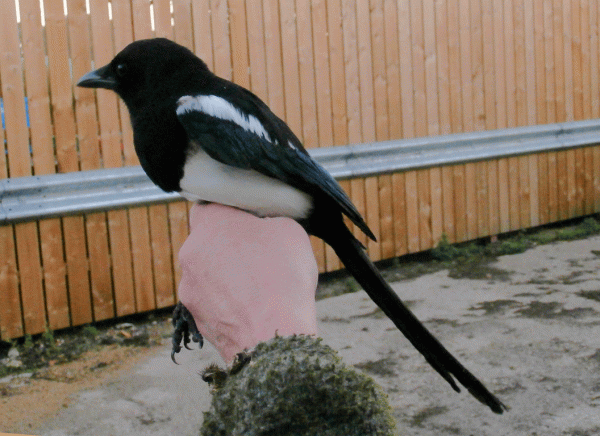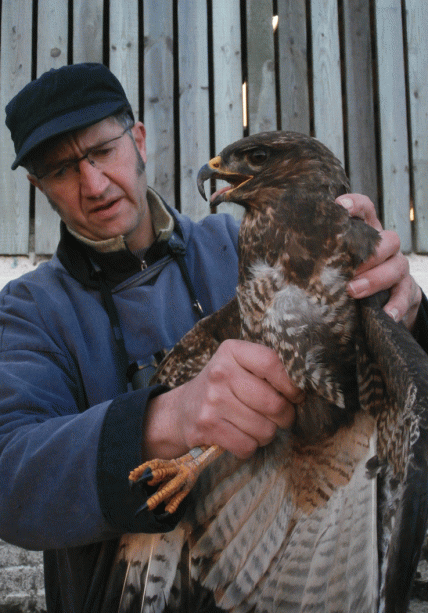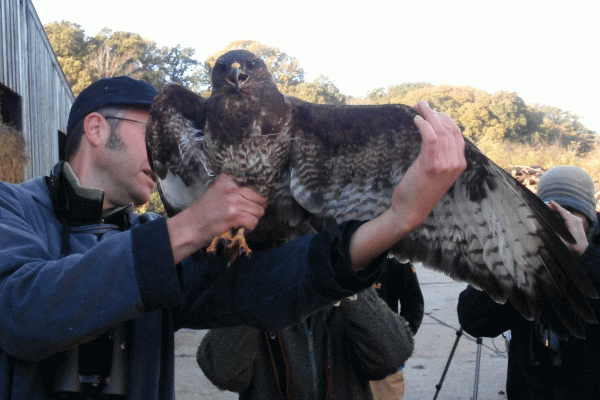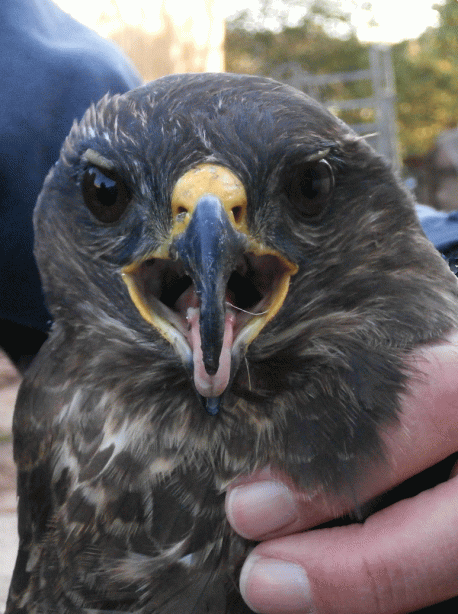A slow morning pleasantly ticked over with guest ringer Mick Netherwood joining us for a session at Durlston.
Mick N is no stranger to the area as he Mick C used to visit regularly throughout the 1980's and 90's - ringing with the group further up the coast at the renowned Chapman's Pool.
This morning he seemed to serve as a lucky charm as although we didn't catch a great deal on quantity we more than made up for this with superb quality.
First to come out of the new picnic ride was a fantastic Firecrest. First of the autumn for Durlston, so always nice to see.
 |
| The pointed, tipped outer tail feathers and deep orange feathers within the crest identified this Firecrest as a 1st calender year male |
This was shortly followed by Gryllo popping back from the same net ride half and hour later and calling us all over to make wild guesses for what he had in his bag.
To our delight i safely pulled a Yellow-browed Warbler out of the bag!
Although this species is a fairly regular visitor to Durlston, this was the first one ringed and not before time judging by the number seen throughout the country this autumn.
 |
| The long awaited Yellow-browed Warbler |
The rest of the morning's totals were made up of Goldfinch, Robin, Dunnock and Wren.
Whilst general birding included Goldcrest, Firecrest, Redwing, Starling, Redpoll, Goldfinch, Brambling, Siskin, Linnet, Meadow Pipit, Sparrowhawk and Kestrel.
Throughout the later part of October the group continued to ring at Durlston, catching the usual fare of Chiffchaff, Blackcap, Swallow and Goldfinch that made up the majority of mornings - the later two species have been particularly numerous, such as on on 15th October when a day total of 227 was reached.
Posted by Simon Breeze



.jpg)


























